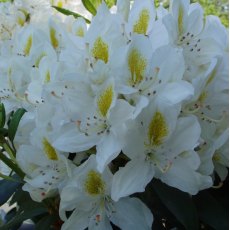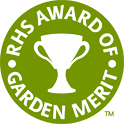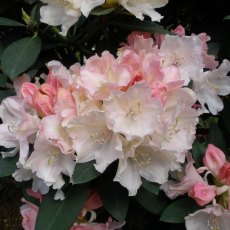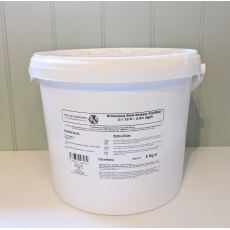Millais Nurseries Ericaceous Slow-Release Fertilizer 20kg
Item: XSMILESRF
 In stock
In stock
Collect in Store
This item is available for collection.
Home Delivery
UK mainland delivery from £14.95
Our own brand of top quality Slow-Release Fertilizer formulated and made to our unique recipe, and as used on our nursery. The analysis is 11-12-8+2.8MgO, and it is rich in iron and magnesium which is perfect for all our Ericaceous plants. We have used this successfully for several seasons now, and we're getting brilliant reports from our customers too.
We use top quality professional fertilizers to obtain the best growth and budding, but until now these have not been available to the amateur market. In consultation with a leading fertilizer manufacturer we have developed this excellent fertilizer which we use throughout our own nursery. It has a high organic mineral content, and the Phosphate and Magnesium is derived from re-cycled sewage sludge which has been known for years to be great for Rhododendrons, Camellias and Magnolias. (You may have seen a programme on TV about the incredible new sewage treatment plant at Reading. This is where these nutrients come from, but don't worry - it's all very clean and it doesn't smell!). It also contains a small percentage of blood, fish and bonemeal giving a slow release of NPK, which breaks down organically.
This fertilizer is pelleted, and gives an initial boost to the plant, and then a slow release of valuable nutrients over 6-9 months. It is suitable for broadcasting over the ground at 50g/m2, or pot dressing at 0.5g/litre of compost. Best applied twice per year in early spring and summer where there is a recognised need.
READ THE LABEL FOR RATES OF USE AND PRECAUTIONS.
The 1kg size is packed in a polythene bag, the 3kg, 5kg and 10kg are in convenient plastic tubs with a handle, and the 20kg comes as a large 'commercial sized' sack. All represent excellent quality and value compared with branded products.
Customer Reviews


















The Basics
Ideal soil
Acidic soil, good organic content, pH 4.5-6.0. Inkarho range of rhododendrons will tolerate soils up to pH7.5
Sun or Shade
Light dappled shade is best for most varieties.
Shelter
Refer to hardiness rating. Give young plants protection.
Site Selection
Avoid close to trees, roots, invasive weeds, walls, hot patios, dry banks and waterlogged soils. Do not use weed matting or stone mulch.
Plant spacing
Use the height shown in 10 years as a guide to the distance between each plant. Allow room for plant to fill out. If planting closer for instant impact, be prepared to move plants after a few years.
Compost
- 3 litre pot, dig in 10-20 litres of ericaceous compost.
- 7.5 litre pot, dig in 20-30 litres of ericaceous compost.
- 70-80cm specimen, dig in 60 litres of ericaceous compost.
- 100-120cm specimen, dig in 120 litres of ericaceous compost.
Planting depth
Plant high in the ground, with the top of the rootball visible.
Feeding
Slow-release ericaceous feed recommended in March and straight after flowering.
Mulch
Recommended every few years.
Water
The key ingredient! Keep moist all season, especially the critical time at end of June for flower bud initiation. Tap water is better than no water. Heavy dose at least once per week in dry weather.
Drainage
Ensure good drainage in winter, especially with yellow flowering varieties. Avoid waterlogged sites.
Pruning
Rhododendrons and Camellias: Not normally required. Tidy wayward shoots after flowering.
Evergreen azaleas and Bloombux can be clipped into a low hedge.
Magnolias and Acers: Formative pruning when young to shape into a tree or bush.
Deadheading
Remove old flower-heads, particularly on young or weak plants.
For further advice see here
Size Guide
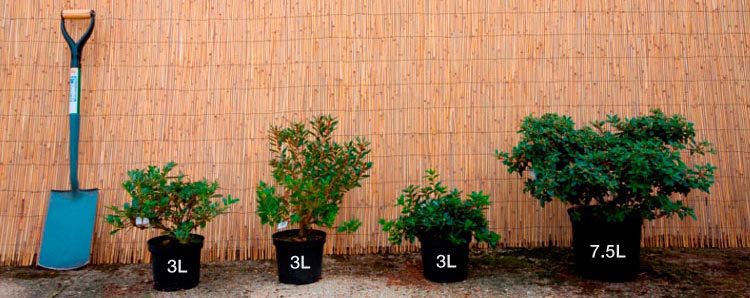
Delivery & Returns
Our website calculates the delivery charge according to weight and delivery location throughout the UK. To see these charges, please enter your postcode at the checkout, and you will see the charge vary as you add more items to your wheelbarrow.
 Millais Nurseries
Millais Nurseries





